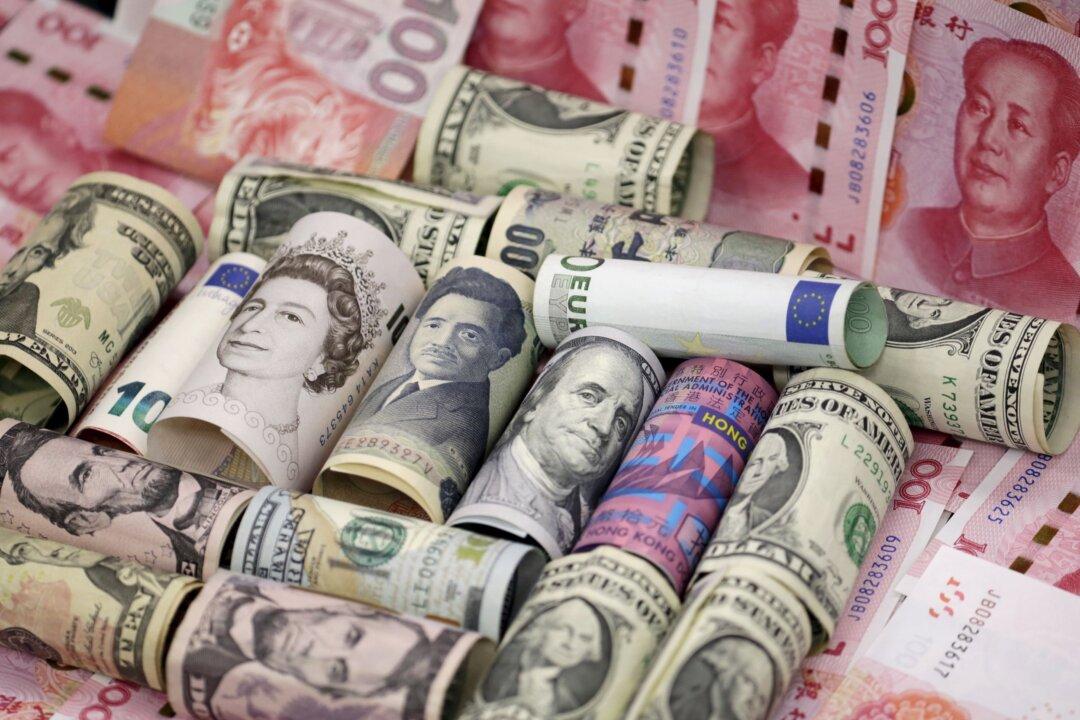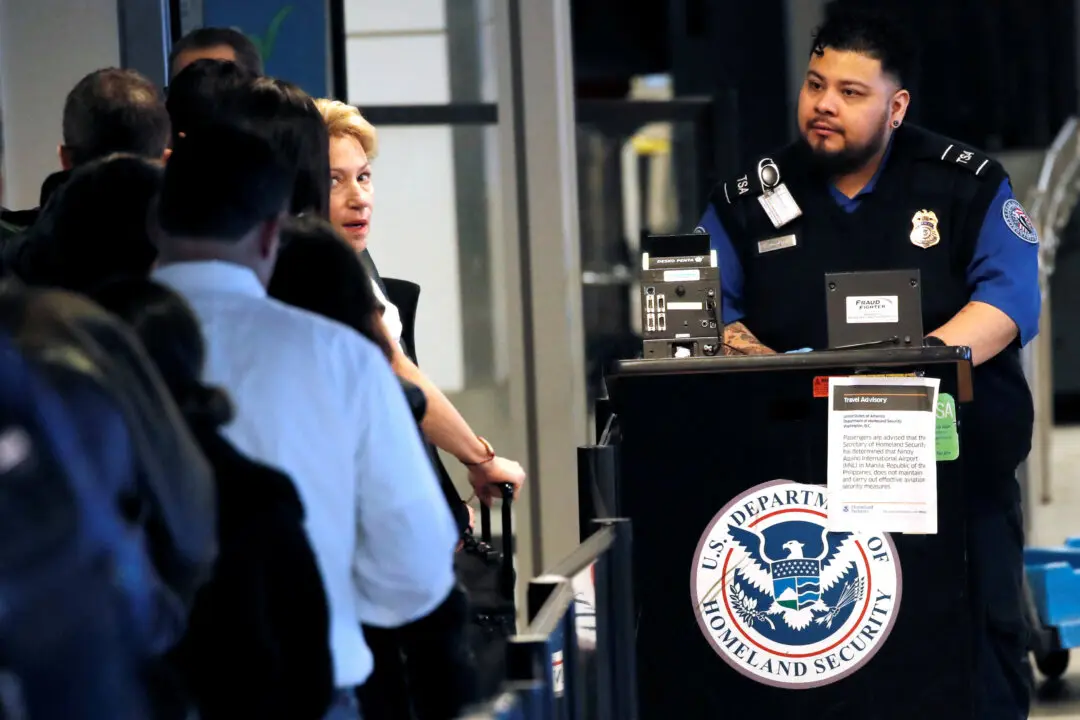LONDON/SINGAPORE—The dollar fell slightly on Thursday from near three-month highs, a day after a surprise rate hike from the Bank of Canada suggested the Federal Reserve may also have more work to do to combat inflation.
The euro was last up 0.3 percent at $1.073 against the dollar—the most traded currency pair in global markets.





